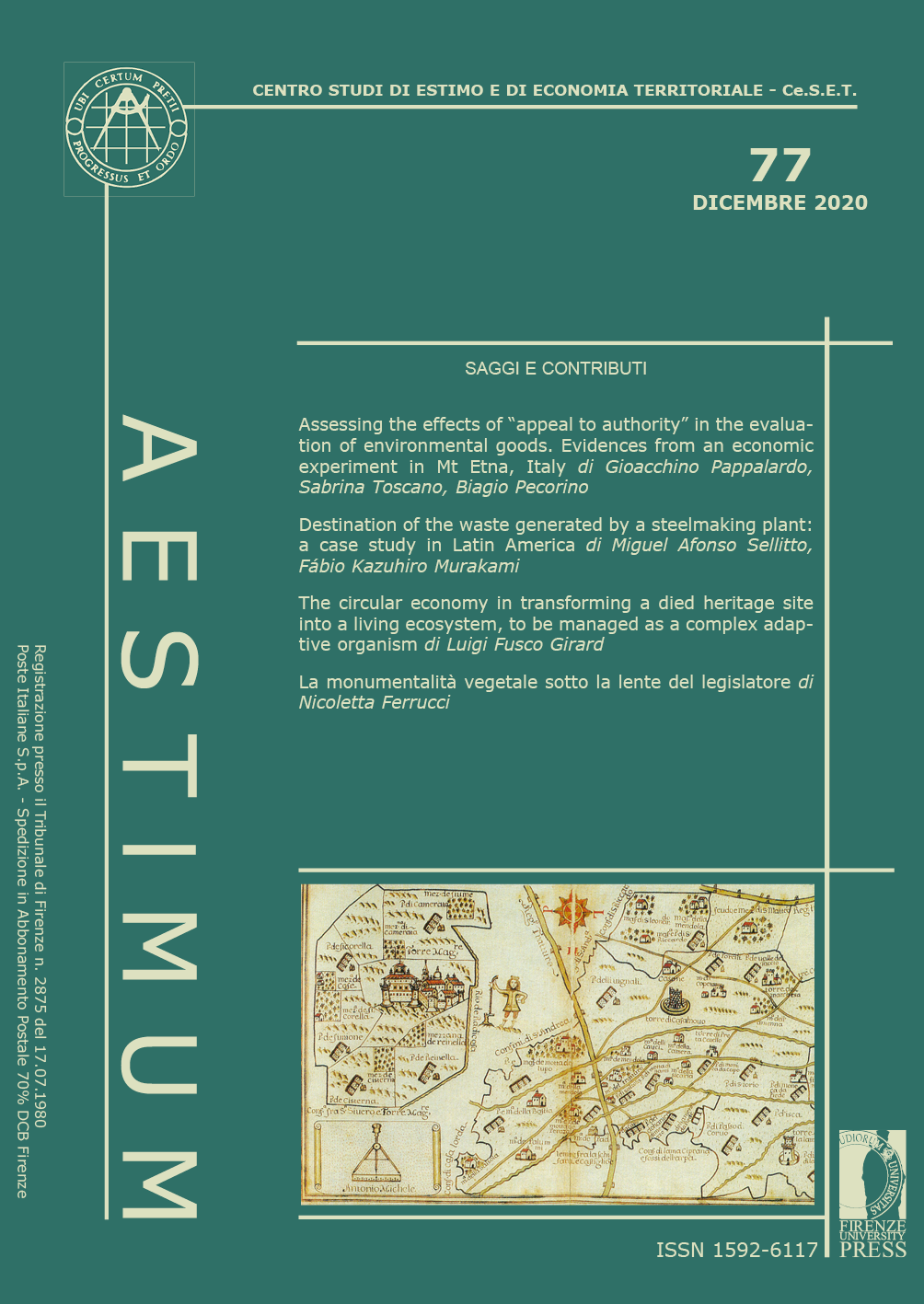Published 2021-01-05
Keywords
- Solid waste,
- Soil correction,
- Reuse,
- Waste management
Funding data
-
Conselho Nacional de Desenvolvimento Científico e Tecnológico
Grant numbers 302570/2019-5
Abstract
The purpose of this article is to identify the destination given by a steelmaking plant located in Brazil to the waste it generates. The research method is a case study. The primary research techniques are interviews with practitioners and scholars, visits to the steel plant and applications, and analysis of internal documentation. The main contribution is a complete case in a large company that generates a significant amount of waste. For each ton of steel, an ordinary steel plant generates approximately 0.6 tons of waste, such as steelmaking slag, electric arc furnace dust, mill scale, and zinc sludge. The slag routes to the conservation of unpaved roads, the electric arc furnace dust routes to Zamak manufacturers and earthworks activities, the mill scale routes to the cement and machinery construction industries, and the zinc sludge helps to produce new zinc ingots. The main obstacles for more elaborate destinations are the lack of research, logistics cost, and the need for environmental licenses.






